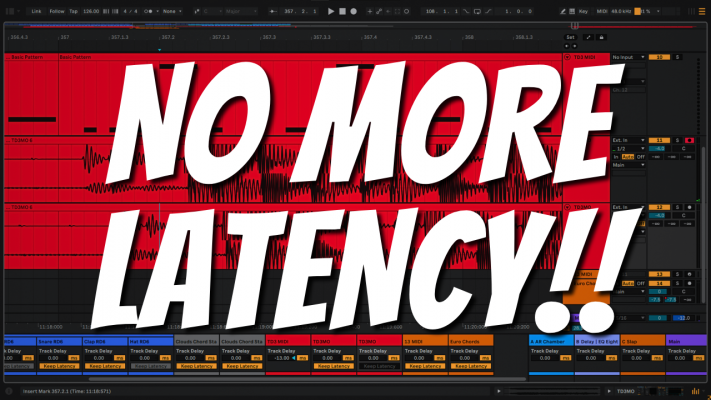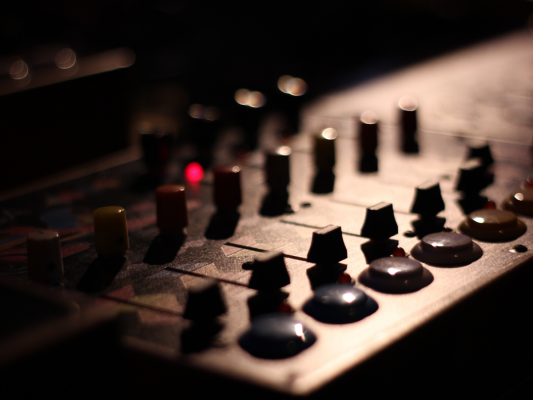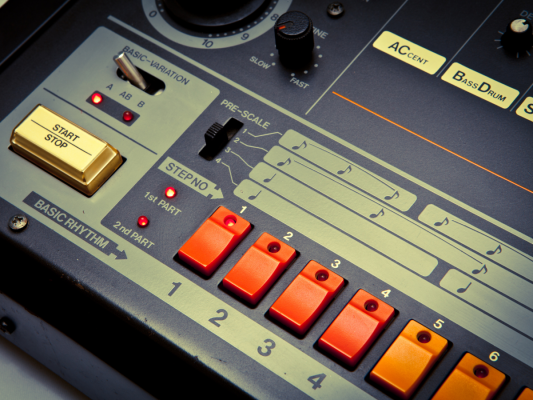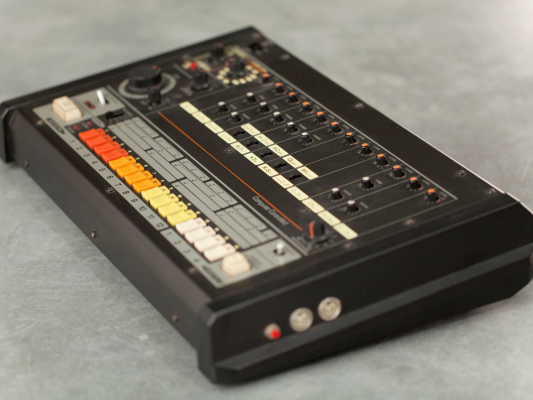Deep House Structure Analyzed
Recently I started getting into deep house music. I’ve always liked deep house music, especially the more melodic kind. A problem I ran into with my own music, however, is that I began with great sounds and melodic ideas, but I didn’t know how to finish the track. It was time for me to study a bunch of tracks in terms of structure.
So, I took 10 songs and began to deconstruct them. I made an excel sheet with measures mapped out horizontally like this:
Download the excel sheet here.
| Bars | Bar 1-8 | Bar 9-17 | Bar 17-25 |
| Song 1 | Kick, Clap, Hat | Fade-in Pad | Extra Clap |
I plotted the whole song out and noted the changes in each 8 bar sections, which I will call a ‘phrase’ from now on. I also color-coded common sections like the intro, break, build and drop. Parts that weren’t as high energy as the drop but where just grooving along I called ‘verse’. And parts were elements where dropping out to prepare for the break I named ‘decline’.
| Legend | NK = No Kick | Intro/ Outro | Green |
| NB = No Bass | Verse | Light Blue | |
| Decline | Blue | ||
| Break | Red | ||
| Build | Purple | ||
| Drop | Yellow |
Quick overview
Looking at the sheet in a broad sense immediately reveals some interesting similarities between tracks. The green parts indicate the intro and outro of each song. Every track has an intro of at least 4 phrases of 8 bars. All ten tracks are club versions so of course a long intro and outro is necessary to give the DJ some time to beat match. As deep house is played in a club more often than not this is a good guideline to keep in mind.
Another thing you can notice by focusing on the red parts is that every track has a break. About half of the tracks have 2 breaks where one is longer than the other. The smallest break in a song is made of 2 phrases (16 bars) and the longest is 4 phrases. After each break the build is used to literally build up tension. There are two songs that use no build and have a drop immediately after the break. This causes the drop to feel sudden and unexpected which might be what you’re after, but it is less common.
The drop
The ‘drop’ is a bit harder to define. It is clear where the drop starts as it is higher in energy than the part before. But where does a drop end? Energy levels drop slowly as parts stay the same for longer periods of time. So as long as new parts are added I still defined that as part of the drop. Only when elements were filtered or dropped out would I define it as a new section, usually the decline or drop.
The thing all songs have in common is that they all have 2 drops. In comparison to other genres, the drop in deep house is often very minimal. Sometimes only a kick and bass will do the trick. Hi-hats and claps are usually added 8 or 16 bars later. Keeping things minimal will force you to focus on those elements only and will feel more powerful. Besides, you have nothing to build up to, if you give everything away in the first 8 bars.
Having a leading instrument

Another thing I noticed is that all songs have one major ‘theme’ or sound that takes the foreground. Often the arpeggiator takes the lead role but a piano, pad or even bass sound can be used too! I also noticed that some tracks use 2 different bass sounds. One rhythmic or arpeggiated bass and one long-note, Reese type of bass more typical to be used in the breakdown section.
Take a look at the image provided or try to make your own. Of course, music has no rules but having some knowledge of how other producers arrange their tracks proves to be really useful. And if you are ever stuck working on the structure of a song, don’t be afraid to copy another songs’ structure so all you have to do is fill in the blanks. It’s like a puzzle, you start with the corners and edges before you continue with everything else.














6 reacties
Hi, awesome work, i do similiar stuff, but not so detailed, in Ableton with Midi clips (new midi clip with the name of the section in a sperate midi track below the audio of the track).
Can we download the excel file somewhere?
Thank you.
Hey Amon, that is a great way to analyze a track too! By doing it that way it syncs with your project. I suggest you make the excel sheet yourself as this is a good exercise to dive deeply into the song structure of a certain genre and you learn a lot more by doing it yourself.
Cheers,
Melvin
Hej Melvin,
yes, your are right 🙂 I will do that. Thanks again for the input…
Cheers
amon
Thanks
Awesome article. Thanks for the insights.
This is one of the most helpful articles I’ve ever read on producing house music! There are a million videos and articles about arranging tracks that just tell you to copy the busiest part of the mix across the whole track and then remove things, but this has never helped me. It’s more about understanding the flow of energy and the extra details that happen across the transitions. Thanks for all the work you’ve put into this and for sharing the spreadsheet!!!